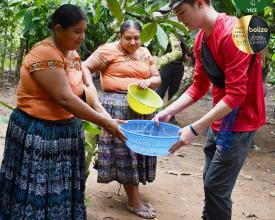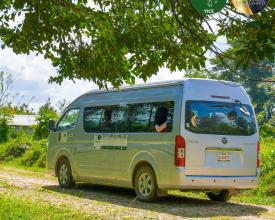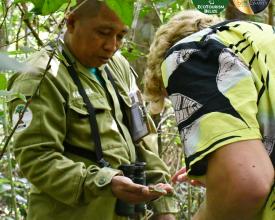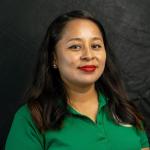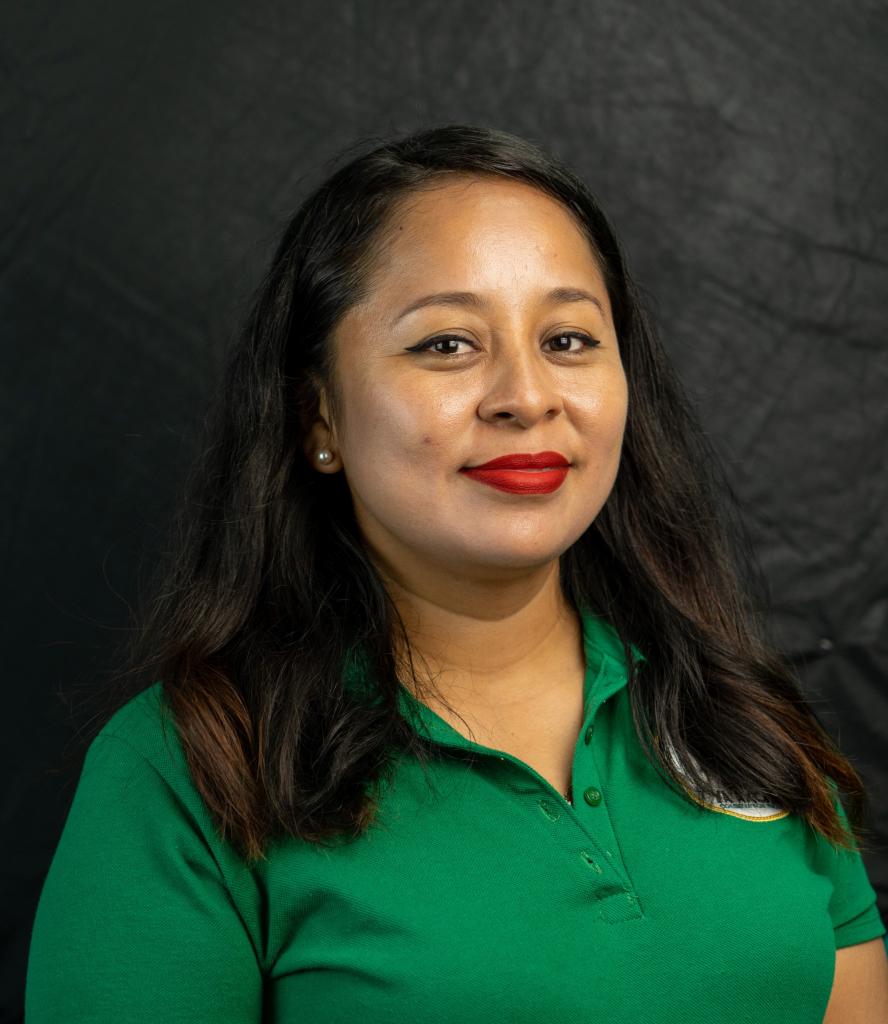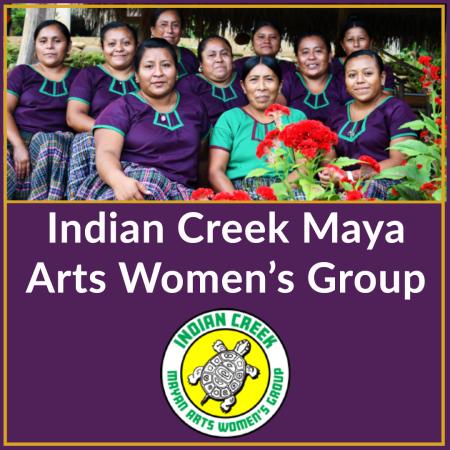
Enhancing community-based eco-tourism enterprises to strengthen financial sustainability conservation in the Maya Golden Landscape of Southern Belize

Ya’axche Conservation Trust has been empowering communities and conserving wildlife in Belize for 25 years. The Maya Golden Landscape (MGL) of southern Belize is the area of work. The MGL encompasses an area of 275,000ha. It forms a part of the Maya Mountain Massif and the Mesoamerican Biological Corridor, critical for the maintenance of the area's biodiversity.
Ya’axche faced the constant challenge of a lack of sustainable financing. This meant that Ya’axche would need to reduce its donor dependency and increase flexible revenue via innovative and sustainable ideas. As a result, Ya’axché instituted a sustainable finance mechanism for effective PA management through Ya’axché Institute for Conservation Education (YICE).
Ya’axche has yet to achieve full financial sustainability. However, through YICE and its 2 revenue streams, Ecotourism Belize and the Nursery, 4 women's groups have improved their livelihoods and 8%-10% of Ya’axche’s conservation work has been financed.
Context
Challenges addressed
Lack of Financial Sustainability: Ya’axché’s funding mix heavily leans on restricted grant funding. Developing a consistent stream of flexible income has been slow. This has been a major challenge to becoming sustainable in the long term.
Inadequate operational resources: ETB doesn't operate at capacity and the current business model relies on Ya’axche’s human and capital resources. While this kick-started the conservation business enterprise and has contributed to reducing the financial gap of Ya’axche, the business requires its own resources to make it profitable and sustainable.
Limited capacity of women in ecotourism: The indigenous women of the eco-tourism enterprises, from the partner communities, mostly focused on making crafts and had limited knowledge of hosting visitors. While they became organized, registered, and diversified their products and services, they lacked the know-how to deliver them.
Location
Process
Summary of the process
The performance of the sustainable financing initiative of Ya’axche at its nascent stage is a result of an integrated business plan based on evidence and experience, coupled with heavy networking to secure long-term business partnerships, both locally and internationally. These two building blocks were reinforced by creating an enabling environment to conduct business operations via investment in infrastructure and specific capacity building and training. All three blocks contribute to improved protected areas management where biodiversity and ecosystems are safeguarded for the benefit of all.
Building Blocks
Conservation Enterprise Business Plan Development
To establish a functional and sustainable financing initiative, and integrated business plan to generate funding for Ya’axche’s conservation work in the Maya Golden Landscape while creating economic opportunities for community-based sustainable enterprises and supporting community livelihoods. Key strategies include increasing the core customer base, securing strategic partnerships, strengthening marketing, and building financial and operational autonomy.
Enabling factors
Ya’axche secured the services of a Conservation Business Director with key business development and management expertise to implement the conservation business enterprise and prioritize key strategic actions as required to foster the growth and success of the financing initiative.
Lesson learned
Prioritizing needs and maximizing existing resources is optimal to ensure the implementation of the mechanism. Following step-by-step recommendations within the business plan and routine revision of the business plan to measure success and accomplishments assists in monitoring of progress.
Establishing Long-term Business Partnership
To catalyze revenue generation via ETB, strategic long-term business partnerships must be fostered and established with international and national partners. This includes securing partnerships via agreements with profitable customer bases such as international universities and institutions that work with student groups seeking experiential learning. In addition, securing business agreements with community-based sustainable eco-tourism enterprises to provide key products and services that will enhance the experiences of customers and help the business achieve its goals
Enabling factors
Rely on existing networking to generate leads and discover a new customer base. In this case, ETB was dependent on Ya’axche’s network for partnership opportunities. Providing experiential learning trips for student groups, educators and researchers proved to be a key product identified by universities. In addition, building and maintaining community partnerships requires sustaining the growth of partners to deliver a high level of experience of its products and services to its customers.
Lesson learned
Securing partnerships requires a well-planned pitch and showcasing of products and services. Long-term planning is key. The development of agreements needs to be mutually beneficial. Through trials of short-term partnerships, long-term partnerships can be successful.
Creating an enabling environment for business
Creating an enabling environment that is conducive to business requires strategic investment in the financing initiative. This is inclusive of financial investment, equipping the business with the tools and resources necessary to conduct operations, and providing training and capacity building of community enterprises that are service providers to visitors.
Enabling factors
Investment in infrastructure ensures the potential of hosting groups while investment in equipment such as a tour van, binoculars, camping tents etc... are conducive to tour facilitation and the rendering of services to visitors. In addition, Ya’axche provides human resources that can facilitate capacity sessions for the stakeholders. Continued fundraising for financial investment into the mechanism by Ya’axche allows for further engagement and other methods of skill development for the service providers within the communities.
Lesson learned
Mentorship of community enterprises is required to improve products and services. The business arm team conducts regular evaluations of products and services and makes necessary recommendations to adjust and improve as needed. This is essential in maintaining quality and consistency in the services provided.
Protected Areas Management
Ya’axché employs an integrated landscape management approach which results in healthy ecosystems with high levels of biodiversity for protected areas under its care. Biodiversity monitoring has indicated that the populations of indicator species have remained comparable over the years. Because of the linkages between ecosystem health and human well-being, Ya’axché-through its conservation and sustainable development work positively impacts the lives of the people buffering the GSCP, securing watershed that provides important services and other forestry goods/services such as food, housing, medicinal plants, clean air, inter alia.
Enabling factors
Ya’axche’s Science Program is founded on robust science across protected areas and agricultural and community lands for effective management of the MGL. Long-term monitoring is conducted for birds, mammals, and vegetation. Acoustic bat surveys, camera traps surveys for wildlife, and freshwater invertebrate monitoring are conducted and indicating that the MGL is extremely rich in wildlife, providing protection for hundreds of species of birds (including the harpy eagle), 93 mammals, including five species of cats, and 81 reptile and amphibian species.
Lesson learned
The results of monitoring efforts should always be shared with community members to foster support for the conservation of forest and water ecosystems. This can be done via the education and outreach arm of the organization.
Impacts
Enhanced management effectiveness of protected areas: Investment into EcoTourism Belize via infrastructure development and equipment facilitated the increase in hosting capacity by 40%-50%, increased its flexible revenue, and strengthened its financial sustainability to support sustainable conservation in the MGL. The business contributed between 8%-10% of revenue to the annual operations of Ya’axche.
Increased Conservation of Protected Areas: GSCP functions as a biological corridor at the core of the MGL, protecting ecosystems and species for the benefit of indigenous communities. Ya’axche’s 2020 State of the Protected Area Report has indicated that the PAs managed have retained between 97%-99.8% of their land mass under natural vegetation. This can be attributed to Ya’axche's effective management approach and increase in sustainable financing.
Strengthened partnerships with communities: For effective management of resources and protected areas, Ya’axché has strengthened its relationship with its stakeholder communities and local business enterprises, contributing to the improved management of natural resources and promotion of conservation. As an example, 4 women-led groups reinforced their eco-enterprises and business models contributing financially to their households and community an average of $8000USD/year.
Beneficiaries
Beneficiaries included 19 women from four (4) women-led enterprises from the buffering communities of the protected area GSCP. Other members of the buffering communities also benefited through short-term employment via construction services.
Sustainable Development Goals
Story

The Indian Creek Maya Art’s Women’s group started its operations in 2011 and is a formally registered business. The group comprises of 8 young Q‘eqchi’ Maya women ages 19 to 45 years. The members are very vibrant, resilient, and adaptable, which has allowed them to remain in existence over the years. The group provides unique, transformative cultural experiences to visitors in southern Belize. Through their micro-enterprise, the group offers services and goods such as cultural tours, souvenirs, and traditional Maya food catering.
The Indian Creek Maya Art’s Women’s group with assistance provided through Eco-Tourism Belize, part of Ya’axche’s sustainable financing initiative, has been provided with strategic capacity building that has strengthened the key skills needed for the successful management of their micro-enterprises. These sessions ranged from leadership skills, conflict management, customer service, and hospitality training.
As a result of their enhanced skills, the group has been able to provide greater quality products and services to student groups, researchers, and independent travelers. Over the last 2 years, after generating greater income from their business, the women are now able to contribute a combined $6,500USD of additional income to their households. Their self-confidence and sense of empowerment have now grown to where they are becoming strong voices and influential within their community.
Most of the resources that the group’s business depends on – crafts, tours and traditional practices – come from the forest. However, climate change and deforestation are threatening the way of life for women and their families. To help protect forests, the group proactively participated in training on conservation, sustainable resource use practice, product development, and business plan development. These strong business-minded women are now more sensitized on the importance of biodiversity conservation and are stewards of their resources.



